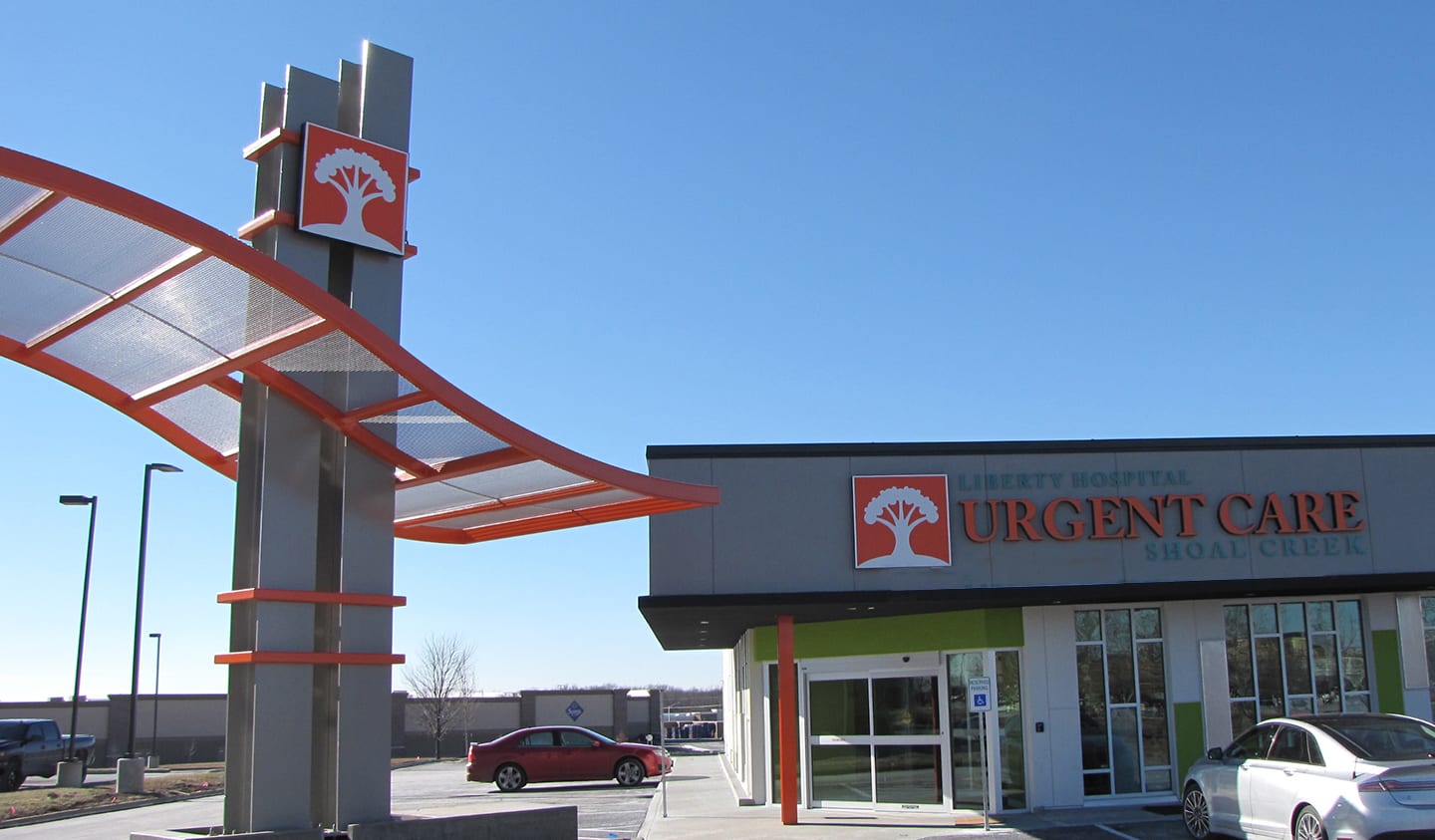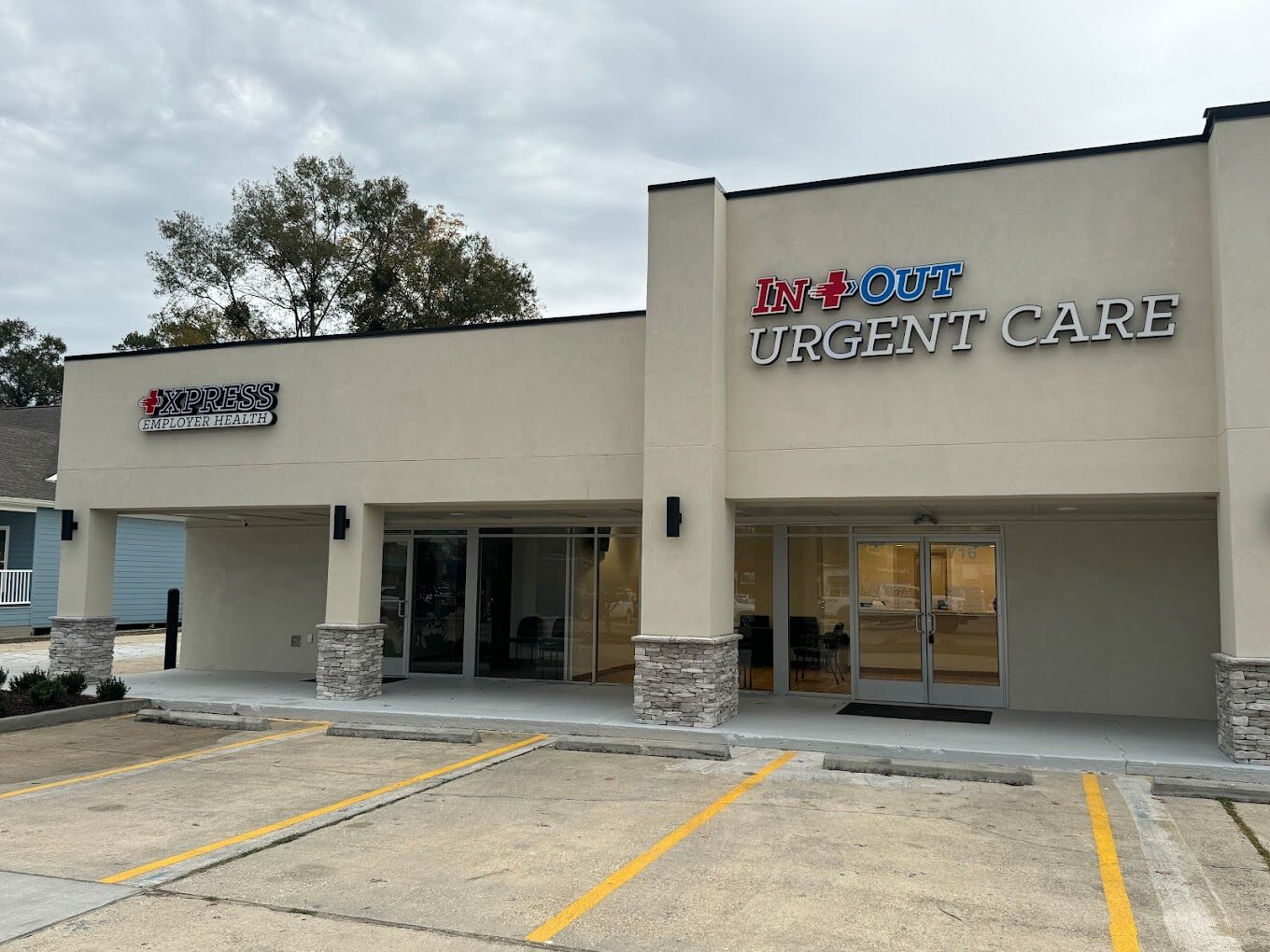Comprehending the Role of Urgent Treatment in Offering Timely Treatment for Non-Life-Threatening Conditions
Immediate treatment facilities have actually emerged as an essential component of the medical care landscape, addressing the instant demands of patients with non-life-threatening problems. Recognizing the subtleties of urgent care might substantially influence person results and the overall performance of health care shipment.
What Is Urgent Care?
Immediate care refers to a classification of clinical solutions created to address non-life-threatening problems that need prompt attention. These facilities work as an intermediary in between main care medical professionals and emergency areas, offering a practical alternative for people who require punctual treatment without the substantial waiting times typically associated with emergency divisions.
Immediate treatment centers are normally staffed by doctor, consisting of doctors, registered nurse professionals, and medical professional aides, who are trained to identify and treat a wide array of problems. Usual solutions given by these centers include therapy for minor injuries, diseases, and infections, in addition to diagnostic examinations such as X-rays and laboratory job.
Additionally, immediate care facilities usually accept walk-in patients, eliminating the demand for appointments. Overall, immediate treatment plays an essential role in the healthcare system, ensuring people can access vital medical solutions immediately and effectively.

Many individuals might locate themselves uncertain concerning when to seek treatment at an immediate treatment center as opposed to a medical care doctor or an emergency clinic. Urgent care is developed to resolve non-life-threatening conditions that call for punctual attention but are not severe adequate to necessitate an emergency clinic browse through.
Usually, one must take into consideration urgent care for problems such as minor cracks, strains, cuts requiring stitches, or infections like urinary system infections. Additionally, cold or flu symptoms, breakouts, and allergic reactions can also be suitably managed in this setup.
It is very important to keep in mind that urgent treatment is not ideal for life-threatening emergencies, such as upper body pain, difficulty breathing, or severe bleeding, which demand prompt emergency room intervention.
People that do not have accessibility to a medical care medical professional or can not secure a timely consultation might likewise take advantage of immediate care services. Ultimately, recognizing when to make use of urgent care can bring about a lot more efficient medical care distribution, permitting clients to obtain the suitable degree of care based upon their specific health needs.
Advantages of Urgent Care Centers
Selecting urgent care facilities for non-life-threatening problems supplies numerous benefits that boost client experience and ease of access. One main benefit is the lowered delay times compared to traditional emergency clinic. Urgent care facilities generally operate a first-come, first-served basis, allowing people to receive timely medical focus without the lengthy delays frequently connected with hospital setups.
Additionally, urgent treatment facilities supply extended hours, consisting of weekends and evenings, suiting individuals with varying timetables. This adaptability ensures that individuals can look for care when it is most hassle-free for them, further advertising prompt intervention.

Moreover, these facilities typically supply a thorough series of services, including analysis tests and small procedures, all under one roof. This loan consolidation of solutions not only simplifies the person experience however also cultivates a much more cohesive strategy to managing non-life-threatening health and wellness issues, ultimately profiting total individual results.
Common Conditions Treated
At urgent care centers, a variety of non-life-threatening conditions can be effectively dealt with, providing patients with prompt and available clinical help. These centers are particularly proficient at resolving problems that need prompt attention however do not position a prompt threat to life or limb.
Typical conditions treated at urgent care centers include minor injuries such as strains, cracks, and sprains. Furthermore, they handle illnesses like colds, flu, and infections, consisting of urinary system tract infections and sinusitis. Skin conditions, ranging from rashes to insect attacks, are additionally often resolved. Immediate treatment facilities are geared up to internet do necessary analysis examinations, such as X-rays and research laboratory examinations, allowing them to offer comprehensive treatment.
Moreover, urgent treatment companies can administer vaccinations, assisting to stop the spread of transmittable conditions - Urgent Care. They additionally provide services for minor procedures, such as suturing wounds or draining pipes abscesses. By providing these varied services, immediate care centers play an essential duty in connecting the gap between useful site medical care and emergency situation services, making certain people obtain prompt treatment for a vast array of problems without the need for lengthy delay times usually connected with emergency clinic
Just How Urgent Treatment Supports Healthcare System
Urgent treatment centers play a critical duty in sustaining the general healthcare system by relieving the concern on emergency situation divisions and offering timely accessibility to healthcare for non-life-threatening conditions. By taking care of cases such as minor injuries, infections, and illnesses, urgent treatment centers permit emergency situation departments to concentrate on more vital clients needing immediate focus.
Additionally, urgent care facilities improve healthcare accessibility, supplying prolonged hours and an easier choice to conventional health care setups. This access is especially valuable for people who might not have a regular physician or who call for prompt treatment beyond regular office hours. Consequently, immediate care facilities properly reduce improve and wait times client complete satisfaction.
Furthermore, urgent treatment facilities add to cost savings for both people and the health care system by offering lower-cost services compared to emergency situation departments. This monetary efficiency is vital in an age of climbing healthcare prices, enabling clients to receive necessary care without sustaining exorbitant expenses.
Verdict
To conclude, urgent treatment centers play an important function in the health care system by supplying prompt therapy for non-life-threatening conditions. By bridging the gap between health care and emergency situation areas, these facilities guarantee that clients obtain timely medical focus without the lengthy delay times typically related to emergency divisions. The access and performance of urgent treatment centers add considerably to reducing the general problem on health care resources, improving individual end results, and advertising a more reliable healthcare distribution system.
Immediate care facilities have emerged as a crucial part of the healthcare landscape, dealing with the instant needs of individuals with non-life-threatening problems. Urgent treatment brows through usually sustain reduced out-of-pocket costs contrasted to emergency department check outs, making care extra inexpensive for clients without jeopardizing quality. Immediate treatment facilities are imp source geared up to carry out necessary diagnostic examinations, such as X-rays and research laboratory tests, enabling them to supply detailed care.
By supplying these diverse services, immediate treatment centers play an important duty in linking the space between key care and emergency situation services, guaranteeing individuals get prompt treatment for a vast array of conditions without the need for long delay times normally linked with emergency spaces.
Moreover, immediate treatment facilities boost health care accessibility, offering extensive hours and a much more hassle-free alternative to standard main treatment settings.